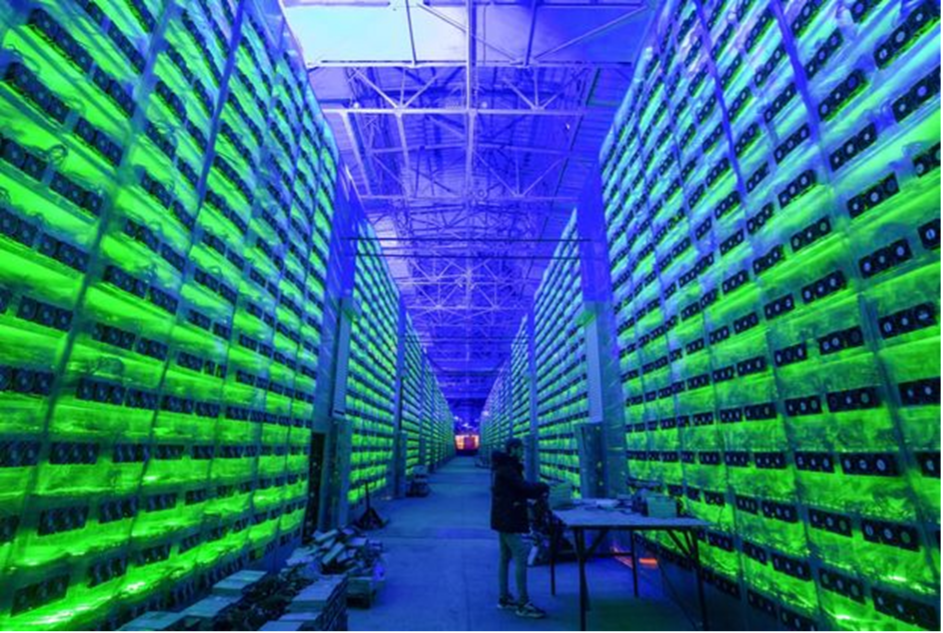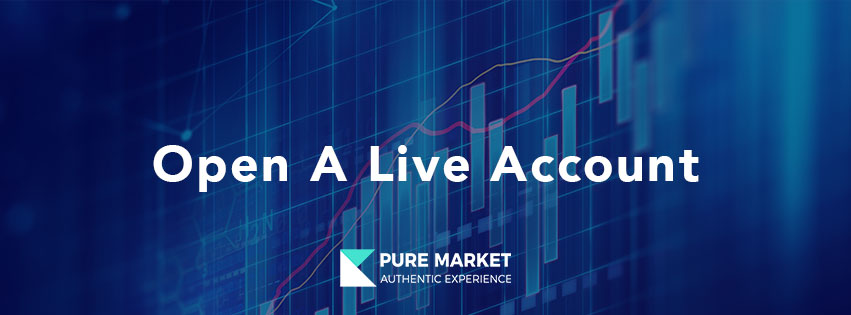Bitcoin mining from home is not a feasible enterprise and best left to major players, like Bitfarms Ltd. (BITF.V), recently listed on the NASDAQ. However, many other mining alternatives can give passive, if not a full monthly income. But profitability is dependent on mining equipment, cryptocurrency volatility and electricity prices.

What is crypto mining?
Crypto mining has a magnetic appeal for many investors interested in cryptocurrency because miners are rewarded for their work with crypto tokens. Due to it’s popularity among crypto fans we have decided to write an explanatory note in order to explain it briefly and examine whether anyone can do it as a business or even a side hustle.
In order to explain what mining is in simple terms, we will use the Bitcoin mining example, since it’s the most popular cryptocurrency worldwide. As a definition, Bitcoin mining is the process by which new bitcoins are entered into circulation. Moreover, it is also a critical component of the maintenance and development of the blockchain ledger, the technology which supports the majority of cryptocurrencies.
Mining is performed by using very sophisticated computers that solve extremely complex computational math problems. In a more technical sense, cryptocurrency mining is a transactional process that involves the use of computers and cryptographic processes to solve complex functions and record data to a blockchain. In fact, there are entire networks of devices that are involved in crypto mining and that keep shared records via those blockchains.
It’s important to understand that the cryptocurrency market itself is an alternative to the traditional banking system that we use globally. So, to better understand how crypto mining works, you first need to understand the difference between centralized and decentralized systems.
What do you earn my mining? By mining you can earn cryptocurrency without having to put money for it. Consequently, miners will receive Bitcoin as a reward for completing “blocks” of verified transactions, which are added to the blockchain.
Who Mines Cryptocurrency?
Miners are the people who dedicate significant computational power (often entire networks of dedicated mining computers) to solving hashing puzzles in order to add new blocks to the blockchain. Miners who have less computing power often join mining pools; this way, users can earn a more steady stream of income from mining.
If you mine crypto with just a few mining computers, then you should join a mining pool. If you mine independently, you’re essentially playing a game of luck. You’ll have a very slight chance of solving a block on Bitcoin’s blockchain, and if you do, then you’ll receive the entire block reward of 6.25 bitcoin. However, this is extremely unlikely, and you’d be better off joining a mining pool to receive a steady stream of a small portion of block rewards.

What do I need to mine?
A prospective miner needs a bitcoin wallet—an encrypted online bank account—to hold what is earned. The problem is, as in most bitcoin scenarios, wallets are unregulated and prone to attacks. Late last year, hackers staged a bitcoin heist in which they stole some $1.2 million worth of the currency from the site Inputs.io. When bitcoins are lost or stolen they are completely gone, just like cash. With no central bank backing your bitcoins, there is no possible way to recoup your loses.
The second piece of software needed is the mining software itself—the most popular is called GUI Miner. When launched, the program begins to mine on its own—looking for the magic combination that will open that padlock to the block of transactions. The program keeps running and the faster and more powerful a miner’s PC is, the faster the miner will start generating bitcoins.
Why doesn’t everyone do it?
While it’s true that some people have been able to make money by mining cryptocurrencies, the same can’t be said for everyone. And the more that time goes on and the more people that get involved, the decreasing return on investment that crypto miners could expect to receive.
Let’s consider Bitcoin as an example. Approximately every four years (or ever 210,000 blocks mined), Bitcoin experiences an event known as a halving. What this means is that the number of Bitcoins that people would receive as a reward for every blockchain block mined would reduce by half. So, when people first started mining Bitcoins back in 2009, they’d receive 50 BTCs per block. As of the last halving, which took place on May 11, 2020, that rate has since reduced to 6.25 BTC per block.
Final Thoughts on Cryptocurrency Mining
Cryptocurrency mining is an interesting alternative to the traditional centralized systems that currently operate throughout the world. However, it’s very taxing in terms of computer and power resources and isn’t feasible for many users as a result.
Bitcoin breaks through $40,000. What’s moving the market?
Bitcoin is the world’s largest cryptocurrency by market capitalization and is now on rise again pushing over the $40,000 mark for the first time since late May. As you can imagine, the CEO of Tesla, Elon Musk has a lot to do with this price increase. Elon Musk, suggested over the weekend that the electric car manufacturer could start using the digital currency as payment once more just a few weeks after ruling it out because of its allegedly unsuitable energy usage involved in mining.
Stock Portfolio performance 11/6/2021
Stock Portfolio performance 11/6/2021
3 REIT stocks to buy now with at least 7% dividend yield
Real Estate Investment Trusts are publicly traded companies that allow individual investors to buy shares in real estate portfolios that receive income from a variety of properties.





